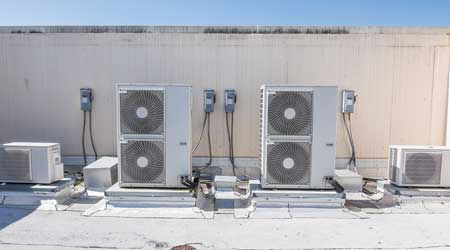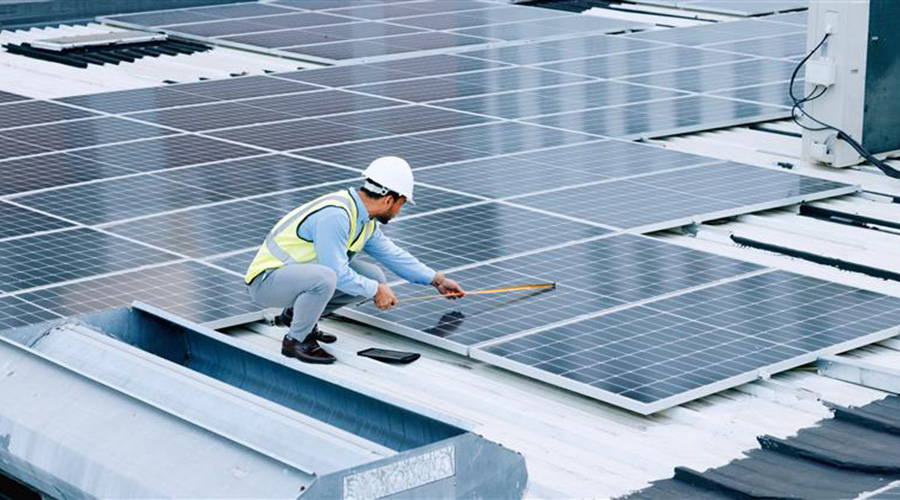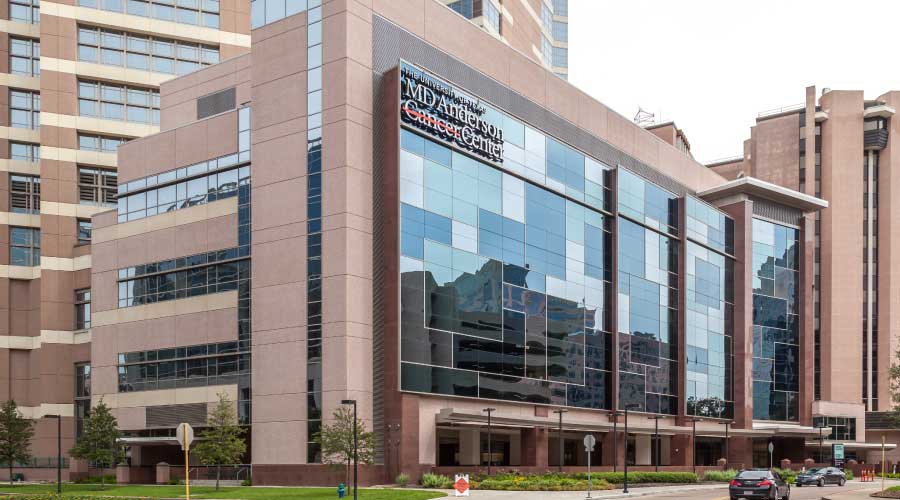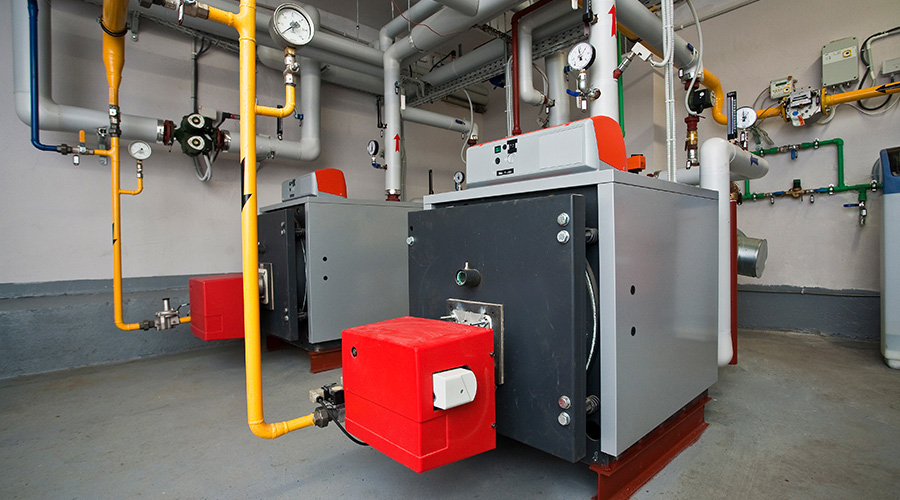How Variable Refrigerant Flow (VRF) Improve HVAC Energy Efficiency
VRF technology allows 40 to 50 percent efficiency improvement over standard ASHRAE 90.1 standard RTU units. Here's what you need to know.
Developed in Japan in 1982, variable refrigerant flow (VRF) technology allows 40 to 50 percent efficiency improvement over standard ASHRAE 90.1 standard RTU units. Basically, VRFs use the refrigerant as the cooling- and heat-transfer medium. The refrigerant is conditioned by an outdoor condensing unit and then circulated within the building to multiple indoor fan-coil units
“Variable Refrigerant Flow Systems,” a report prepared for the General Services Administration by Pacific Northwest National Laboratory, notes VRFs “are the primary HVAC system choice in Europe, Japan, China and other parts of the world.” They are available from a wide range of manufacturers in the United States.
To achieve a variable refrigerant flow, VRFs generally incorporates a direct current inverter on the compressor that supports variable motor speeds. That allows VRFs to operate only at the speed necessary to meet demand, permitting significant energy savings at partial load conditions.
Ian M. Shapiro, senior engineer and founder of Taitem Engineering says he particularly likes the variable state compressor, especially for cold climates. “If we include Canada, about 50 percent of North America cares about heating as well as air conditioning,” Shapiro points out.
Shapiro hopes that as the new high-efficiency VRFs become more prevalent, they also will include temperature ratings data, particularly for VRF heat pump systems.
For larger buildings, VRF heat pump systems offer larger capacities than their smaller air source heat pump counterparts and advanced features such as heat recovery from simultaneous heating and cooling, longer pipe lengths, and more indoor units per system, says Shapiro.
Heat recovery vs. heat pump
Two formats dominate VRF systems — heat recovery and heat pump.
Heat recovery VRFs can be either two pipe or three pipe systems and have the ability to heat certain zones while cooling others. At least two major manufacturers use a two-pipe system featuring a branch circuit controller to the individual indoor evaporator zones. The heat extracted from zones needing cooling is then applied to zones needing heating. Other manufacturers use a three-pipe system to accomplish the same function.
“Heat recovery VRF systems allow for additional performance efficiency by providing the capability of capturing heat from a zone that requires cooling and reusing it in a zone the requires heating,” explains Lehrer. “This allows multiple diverse zones to be connected to a single set of central compressors, possibly resulting in a lower installed overall nominal tonnage when compared to using multiple independent systems.”
Heat recovery systems offer other advantages. “(They) allow for extended refrigerant line lengths for increased installation flexibility and inverter duty compressors for improved operational resiliency with the ability to operate the unit at lower outdoor ambient conditions,” Lehrer adds.
Compressor units frequently are air cooled. However, water-cooled units sometimes are used and connected to a cooling tower. The complexity of the variable refrigerant flow compressors and its sophisticated controls means the compressors are more expensive than standard conventional systems.
Heat pump VRFs typically are two-pipe systems that operate similarly to their heat-recovery cousins, but lack the flexibility of meeting both cooling and heating needs. All zones must be either cooling or heating.
While this increases overall energy consumption of the facility, Lehrer says, “the installed cost is lower, and the system and its control valves are less complex, resulting in lower maintenance costs long term.”
According to a report from Pacific Northwest National Laboratory, VRF systems include advanced controls integrated with the units. These controls include self-diagnostics and monitoring points. In many cases, VRFs can operate without a separate building automation system. However, they also can communicate with other building systems via non-proprietary building automation communication protocols.
Retrofit applications
“VRF is well suited to retrofit applications in older buildings,” says the report, “because it can be added onto or replace existing equipment in limited space, where there is currently limited or no ductwork…. However, the many fan coils required introduce maintenance costs that may not have previously existed, such as for filter changes and condensate system cleaning.”
Antonio Bouza, technology manager of DOE’s Building Technologies Office, points out that VRFs require different maintenance than standard RTUs. Once the staff is trained, maintenance is not really more difficult, just different.
Andrew Lehrer, practice leader of high performance buildings at Environmental Systems Design, Inc., says he recommends that facility managers consider “units with enhanced monitoring to advise of potential problems and units with a robust third-party service support system in their market.”
Lehrer also recommends that refrigerant piping run in exposed or accessible locations, wherever possible, “which allows for greater flexibility to address leaks throughout the life of the facility.”
Lehrer also observes that VRF systems offer the capability to meter energy consumption at each evaporator unit, which can be beneficial in multi-tenant or retail applications.
Rita Tatum, a contributing editor for Building Operating Management, has more than 30 years of experience covering facility design and technology.
Email comments and questions to edward.sullivan@tradepress.com.
Related Topics:














